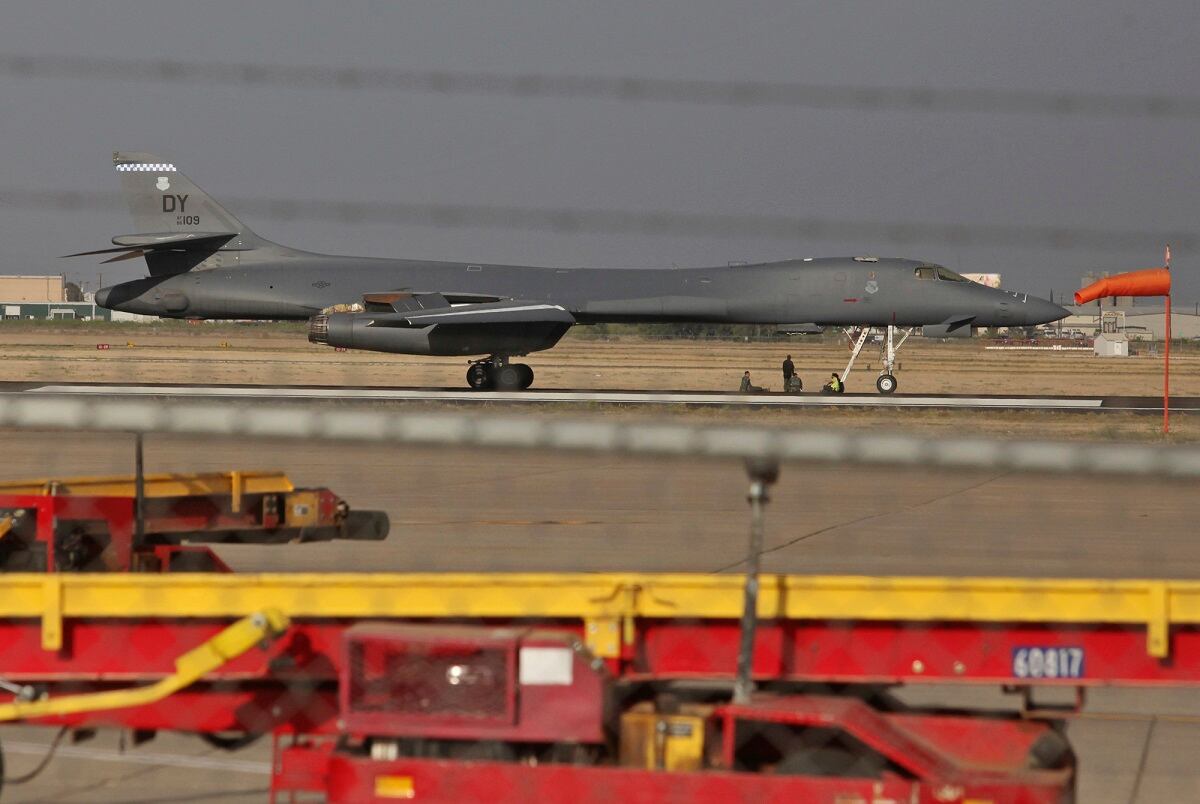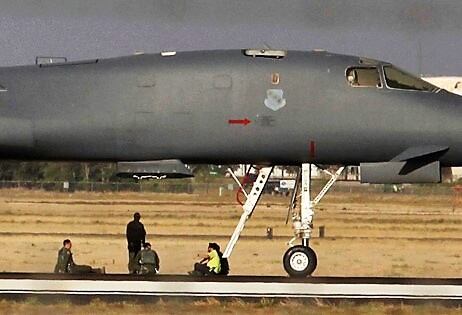Air Force Global Strike Command on Thursday ordered a safety stand-down of its B-1B Lancer bombers after discovering a problem with its ejection seats.
In a release Friday morning, Global Strike said the problem with B-1 ejection seat components was discovered as part of a safety investigation board looking into the May 1 emergency landing of a B-1B at Midland International Air and Space Port in Texas.
Photos of the incident showed that the bomber, based at Dyess Air Force Base in Texas, blew at least one of its four cockpit escape hatches, but the ejection seat did not deploy.
This raised questions as to whether the ejection seat failed, which the Air Force would not comment on last month.
RELATED

All four crew members landed safely.
Global Strike commander Gen. Robin Rand ordered the stand-down, the release said. The bombers will return to flight status once the ejection seat problems are fixed.

The safety investigation board, made up of experts who look into aircraft mishaps and recommend actions to prevent future mishaps or losses, is continuing to study the emergency landing at Midland.
“The safety of airmen is the command’s top priority,” the release said. “The Air Force takes safety incidents seriously and works diligently to identify and correct potential causes.”
Chief of Staff Gen. Dave Goldfein last month also ordered a one-day safety stand down for all flying and maintenance wings after a series of troubling aircraft mishaps and crashes, several of which were fatal.
Stephen Losey is the air warfare reporter for Defense News. He previously covered leadership and personnel issues at Air Force Times, and the Pentagon, special operations and air warfare at Military.com. He has traveled to the Middle East to cover U.S. Air Force operations.




